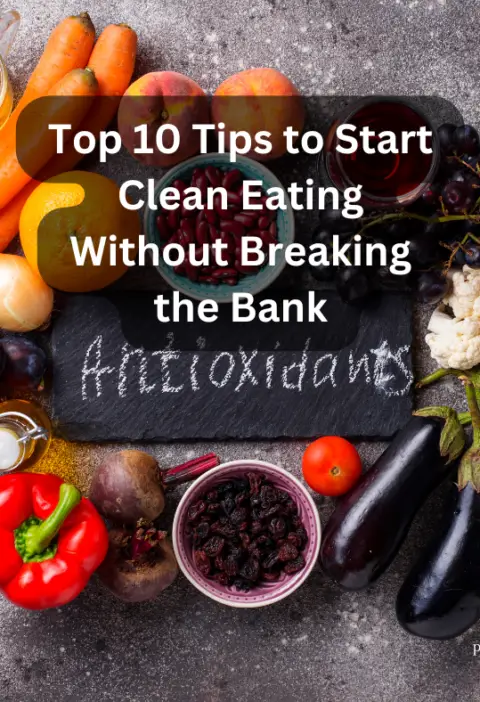Introduction
Coffee lovers around the world start their day with a comforting cup of their favorite brew, savoring the rich aroma and energizing effects. But beneath the surface of that steaming cup lies a hidden risk that many are unaware of: mold contamination. This blog post explores the surprising presence of mold in coffee, its potential health impacts, and what you can do to ensure your daily cup remains safe and enjoyable.
The Unseen Intruder: Mold in Coffee
Coffee beans, like many agricultural products, are susceptible to mold growth. This often occurs during the stages of cultivation, harvesting, and storage. Certain molds produce mycotoxins, harmful compounds that can pose significant health risks. The most commonly detected mycotoxins in coffee are ochratoxin A (OTA) and aflatoxins.
Peets.com – 2 day Flash Sale – 15% off site wide August 12th & 13thWhat Are Mycotoxins?
Mycotoxins are toxic secondary metabolites produced by certain types of mold. They are known for their stability and resistance to high temperatures, making them difficult to eliminate entirely during the coffee roasting process. Chronic exposure to mycotoxins, even at low levels, can lead to various health issues including liver damage, kidney toxicity, and a potential increase in cancer risk.
Alternative | Vegan, Keto, Ayurveda Wellness Tonic with Shatavari Root + He Shou Wu (8 oz. / 30 Servings)
The Health Impacts of Mycotoxins
- Liver and Kidney Damage: Mycotoxins such as OTA are nephrotoxic, meaning they can cause damage to the kidneys. Prolonged exposure has also been linked to liver toxicity and potential carcinogenic effects.
- Immune System Suppression: Mycotoxins can suppress the immune system, making individuals more susceptible to infections and diseases.
- Chronic Health Issues: Over time, consistent exposure to mycotoxins can contribute to long-term health problems, including chronic fatigue, respiratory issues, and even neurological symptoms.

Regulation and Safety Measures
Regulatory bodies like the European Food Safety Authority (EFSA) and the U.S. Food and Drug Administration (FDA) have set maximum allowable limits for mycotoxins in coffee and other food products. These regulations are designed to protect consumers by ensuring that the levels of mycotoxins in commercially available coffee are within safe limits. Regular monitoring and adherence to good agricultural and manufacturing practices play a crucial role in minimizing contamination.
Coffee Processing: A Double-Edged Sword
The coffee roasting process can reduce, but not entirely eliminate, the levels of mycotoxins. Studies have shown that while roasting decreases the concentration of certain mycotoxins, some can persist in the final product. This highlights the importance of quality control and choosing coffee from reputable sources.
What Can Consumers Do?
- Choose High-Quality Coffee: Opt for coffee from reputable brands and sources known for their stringent quality control measures.
- Stay Informed: Awareness is key. Stay informed about the potential risks and the measures taken by brands to ensure the safety of their products.
- Support Sustainable Practices: Sustainable and organic farming practices can reduce the risk of mold contamination by promoting healthier growing conditions and better storage practices.

Conclusion
While the presence of mold in coffee may seem alarming, it is essential to recognize that regulatory standards and quality control practices within the coffee industry significantly mitigate these risks. By staying informed and making mindful choices, you can continue to enjoy your daily cup of coffee without compromising your health.
Intriguing and Thought-Provoking Closing Thought: Next time you sip your coffee, consider the journey it has taken from bean to cup. The unseen battle against mold and mycotoxins is a testament to the complexity of our favorite morning ritual. Stay curious, stay informed, and savor your coffee with newfound appreciation.
References
- “Occurrence of Ochratoxin A in Coffee Beans and Coffee Products,” Food Control, 2013.
- “Health Risks of Mycotoxins: An Update,” Environmental Health Perspectives, 2006.
- “Toxicological and Health Impact of Ochratoxin A,” Toxins, 2018.
- European Food Safety Authority (EFSA) guidelines on mycotoxins.
- U.S. Food and Drug Administration (FDA) guidelines on mycotoxins.
- “Effect of Roasting on Mycotoxin Levels in Coffee Beans,” Journal of Agricultural and Food Chemistry, 2007.
- “Consumer Awareness and Health Risks of Mycotoxins in Coffee,” Food Additives & Contaminants, 2014.
:mushroom boost is a jack-of-all-trades add-on that can enhance any food or drink with an extra boost of functional benefits. It contains a dream team of adaptogenic mushrooms that help support immunity, vitality, and focus. Add it to your smoothies, baked goods, or even coffee (#nojudgment).








